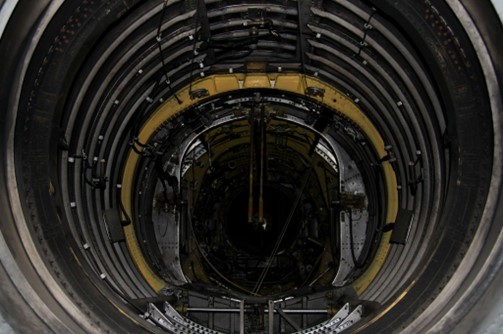Large Hadron Collider
Large
hadron
collider
Over the course of a hundred years, science and technology have made their way through our lives, updating them constantly to an advanced level. There are numerous inventions that are beyond humankind’s potential that exist in nature created by us humans. One of these inventions is the Large Hadron Collider (LHC)!
 There are about 30,000 colliders in the world. However, this collider, famously known as CERN, located 175 meters below ground level between the France-Switzerland border in Geneva, is not an ordinary machine; instead, it is the most powerful particle accelerator ever built.
There are about 30,000 colliders in the world. However, this collider, famously known as CERN, located 175 meters below ground level between the France-Switzerland border in Geneva, is not an ordinary machine; instead, it is the most powerful particle accelerator ever built.
What makes them unique is the fact that scientists can experiment with colliding beams of high-energy protons at the speed of light and enable the circumstances that enforced the big bang.
 There are about 30,000 colliders in the world. However, this collider, famously known as CERN, located 175 meters below ground level between the France-Switzerland border in Geneva, is not an ordinary machine; instead, it is the most powerful particle accelerator ever built.
There are about 30,000 colliders in the world. However, this collider, famously known as CERN, located 175 meters below ground level between the France-Switzerland border in Geneva, is not an ordinary machine; instead, it is the most powerful particle accelerator ever built.What makes them unique is the fact that scientists can experiment with colliding beams of high-energy protons at the speed of light and enable the circumstances that enforced the big bang.
History and Ability
The LHC was designed and built by the European organization for nuclear research between 1998-2008, costing them around $4.75 billion as the work went on for a decade. The total power consumption can go up to 600GWh per year.
Many scientists expect this experiment to answer some of the primary questions in physics regarding the extensive form of space and the interactivity of forces between particles, specifically in quantum mechanics and relativity.
Many scientists expect this experiment to answer some of the primary questions in physics regarding the extensive form of space and the interactivity of forces between particles, specifically in quantum mechanics and relativity.
Main Goals
All this mentioned above was the deeming information about the LHC; nevertheless, the goals of the collider's second run have changed from the first run.
Now, this machine will be set off to operate on almost double the energy of the first run as there has been a heavy amount of work done during the Covid-19 pandemic to update it. Thanks to that, the collider will now be able to produce around 13 TeV collisions granting our physicists to acknowledge more about the universe, precisely our space. The LHC is scheduled to function over the next 20 years, including many breaks to keep updating and maintaining it.
Now, this machine will be set off to operate on almost double the energy of the first run as there has been a heavy amount of work done during the Covid-19 pandemic to update it. Thanks to that, the collider will now be able to produce around 13 TeV collisions granting our physicists to acknowledge more about the universe, precisely our space. The LHC is scheduled to function over the next 20 years, including many breaks to keep updating and maintaining it.
Hopefully, we will either have our answers until then or will have invented the ultra-modern machine to cope with results.